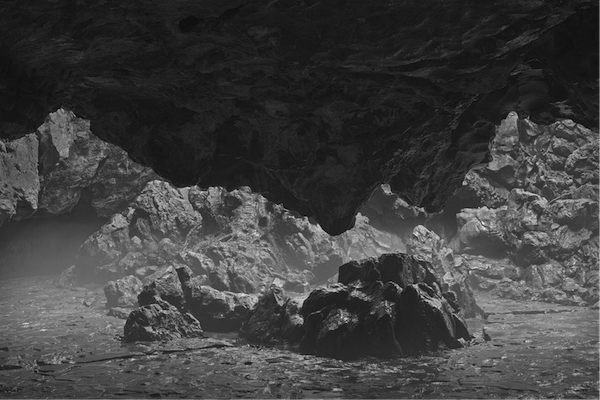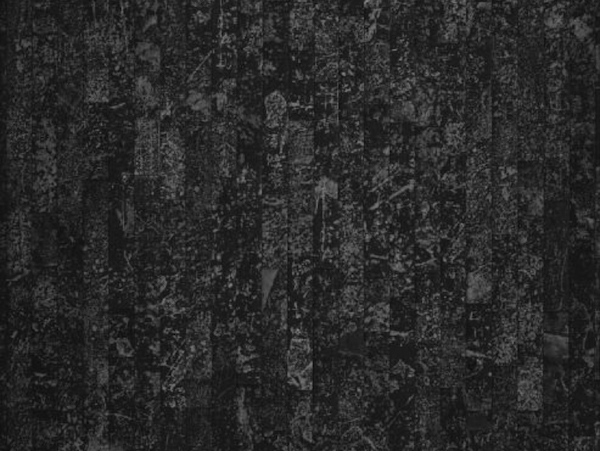Beijing
Taca Sui: Steles – Huang Yi Project at Chambers Fine Art Beijing
Taca Sui’s photographs in Steles – Huang Yi Project at Chambers Fine Art Beijing capture images that cut across time: transcendent tombs and temples, primordial rock formations, and ephemeral waves. Sui’s black-and-white prints are a culmination of his research on Huang Yi, a celebrated 19th-century Chinese artist and archaeologist. Sui immersed himself in Huang’s writings, using Huang’s diaries as a guide to plan a photographic expedition. Huang was deeply concerned with the preservation of China’s steles—ancient vertical slabs of stone bearing commemorative inscriptions—and Sui photographed many steles that Huang discovered or described during his trip. But Sui’s works do not attempt to document Huang’s travels; rather, the artist’s familiarity with Huang’s records allows him to view his own travels through two lenses: those of a 19th-century cultural preservationist and of a 21st-century formalist photographer.

Taca Sui. Tomb of Prince Lu #1, 2015; silver on baryta paper; 53 x 80 cm. Courtesy of Chambers Fine Art.
Sui’s richly articulated photograph of Prince Lu’s tomb—a tunnel cut by hand into the side of a mountain—honors the awe-inspiring feat of workers who centuries ago carved this enduring structure. As with Sui’s Dragon Cave, which depicts the interior of a Buddhist temple, the detailed image of the tomb’s luminous rock surfaces captures the powerful presence of mystery and history within. Simultaneously intimate and vast, Sui’s images are as much portraits of these pregnant spaces as they are landscapes of historically significant sites.

Taca Sui. Feilai Peak, 2015; silver on baryta paper; 53 x 80 cm. Courtesy of Chambers Fine Art.
By using Baryata paper (silver barium sulfide), Sui is further able to collapse the distance between history and contemporaneity. Depending on the position of the viewer, the photographs shift between warm sepia and cool silver tones, as if flickering back and forth between Huang Yi’s era and Sui’s own. But while the coloring changes, the subject endures. Devoid of traces of modernity, Sui’s landscapes seem to exist outside of time, both ancient and perennially new.

Taca Sui. Baofu Spring, 2015; silver on baryta paper; 53 x 80 cm. Courtesy of Chambers Fine Art.
Not all of Sui’s photographs allude to eternity. Baofu Spring is as fleeting as Feilai Peak is eternal, and as dynamic as it is staid. However, both images reflect Sui’s mastery of formal composition. Sui’s clearly articulated photographs balance symmetry and chaos, shadow and light. They call the viewer to attention; they beg pause.

Taca Sui. Steles 150830 (detail), 2015; ink, acrylic, photographic collage on canvas; 380 x 118 cm. Courtesy of Chambers Fine Art.
Sui’s multimedia works are less successful. Steles 150830, a collage of photographic strips laid like vertical bricks onto a black acrylic canvas, is meant to evoke a sense of loss.[1] The photographs, collected during Hui’s travels for Steles — Huang Yi Project, all depict sections of illegible text from worn-down steles. Yet Sui’s medium muddies his message—a sense of loss or history would have been better captured in a single, strong photograph of an ancient stele.
Historians and photographers both capture slices of time. Historians, however, are bound by the limitations of texts and verifiability, whereas artists can capture history’s ineffable truths. Of Sui’s prior photographic series Odes, the scholar Haun Saussy wrote, “The photographs in this collection don’t illustrate the Book of Odes, they evoke its workings in a different medium… They pause on something unspoken. They deliver the suspense of cognition.”[2] In Steles – Huang Yi Project, Sui continues to deliver images that conjure history into being.
Taca Sui: Steles – Huang Yi Project is on view at Chambers Fine Art, Beijing, through November 1, 2015, and will be on view at Chambers Fine Art, New York, from March 10, 2016 to May 7, 2016.
[1] In an interview with the author, Sui described how he was struck by the eventuality that even monuments built to last forever eventually fade away.
[2] Haun Saussy, “An Examination of Mountains and Streams in the Odes,” Preface to Odes: Photographs by Taca Sui.














